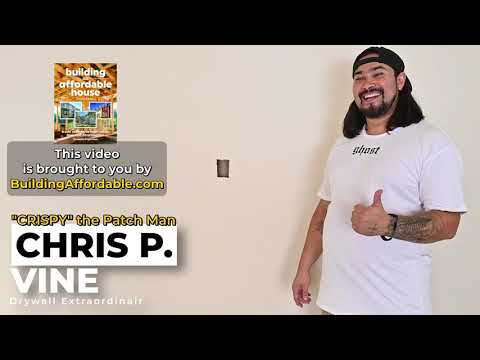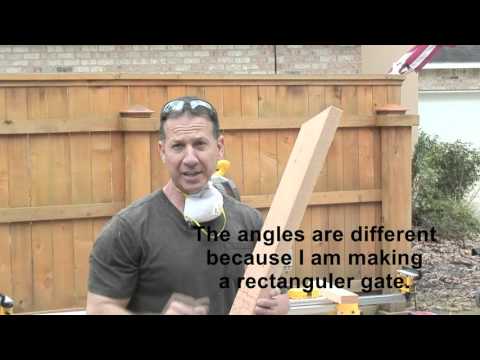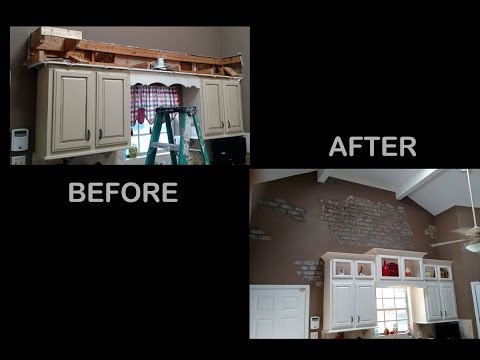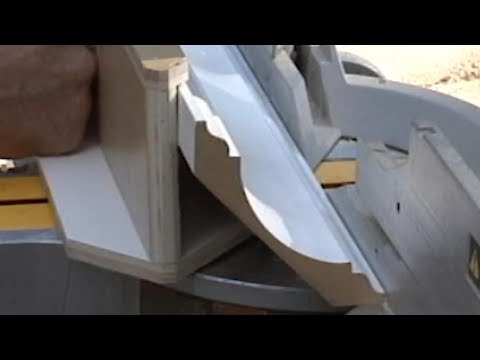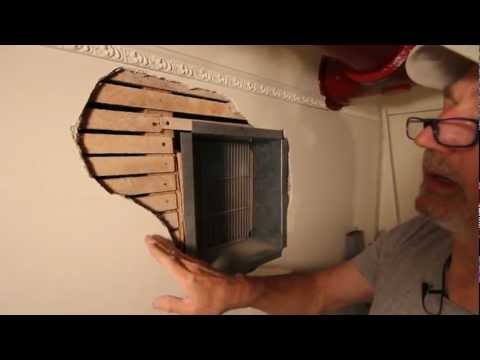A hole saw and a scrap of drywall make an invisible patch that is fast and invisible. Did we say invisible?
Paul is in the middle of a kitchen remodeling job and gets bored, so he pops' a couple of holes in the drywall to illustrate a great way to patch holes in drywall.
- Flip the drywall over so the back side is up.
- Drill the pilot bit hole through the drywall, allowing the hole saw to score the back paper.
- Cut around the patch with a utility knife to yield a small square.
- Score the back paper with a utility knife perpendicular to the circle.
- Break out the circle, pulling the back paper and gypsum core away from the circle of gypsum.
The result is a 'Butterfly patch'
Make a jig to guide the hole saw into the damaged drywall: Cut a hole in a thin piece of plywood or a scrap of drywall. Paul takes this opportunity to cut a larger hole for the bigger hole that he knocked in the drywall at the beginning of this video.
The thickness of the hole saw blade makes it easy to slide the plug into the hole because the plug is smaller than the hole.
Hold the template over the hole in the wall and cut a hole in the wall with the hole saw. The teeth will grab the surface of the drywall, and on big holes this will cause the drill to jump around. To offset this, slip the hole saw into the template hole, back it off the surface of the drywall slightly and get the bit spinning before pushing it through the drywall.
One benefit of butterfly patches:
You can use 3/8 inch or 5/8 inch drywall to patch 1/2 inch drywall: it doesn't matter, because the patch is held in place from the front, not the back.
The strength comes from the mud. If you don't mix your mud, air bubbles will be trapped in the mud and pop, which makes more work for you.
- Apply joint compound to the inside edges of the hole and the outside area of the patch. Don't be afraid to lay it on thick.
- Moisten the back of the patch with a damp rag. This will help push the mud out
- Put the patch in the hole, and feather outward from the center of the patch. Feather this dry, without adding joint compound to the face yet. Wetting the patch in advance helps the paper stick to the joint compound.
- Skim coat over the patch. with a large knife.
- Let it dry.
- Lightly sand the edges of the patch.
- Wipe the dust off and paint the wall.
- Pull up a chair, open a cold beer, and admire your workmanship.
—Paul Ricalde is a home improvement contractor and fireman in New Orleans, LA. His YouTube channel is rich with construction/remodeling videos.
